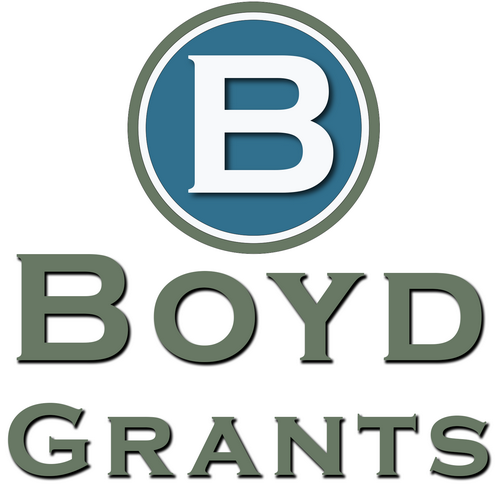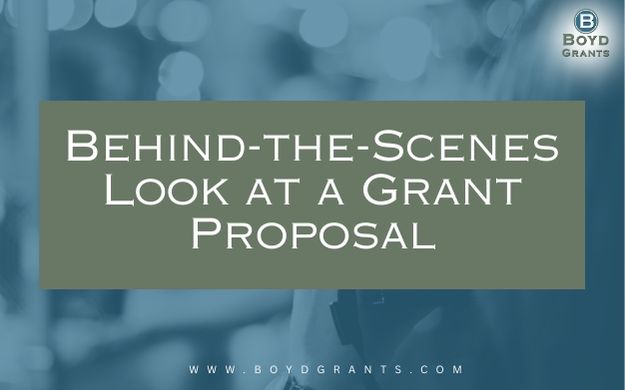Writing a successful grant proposal takes more than just filling in a few blanks and hoping for the best. It’s a structured process that involves careful planning, clear communication, and strategic thinking. Today, I’m pulling back the curtain to give you a behind-the-scenes look at how I structure a winning grant proposal—from start to finish.
Here’s the step-by-step breakdown of the process that helps me put together strong, compelling proposals:
Step 1: Thoroughly Review the Grant Guidelines
The first thing I always do when starting a proposal is read the funder’s guidelines in full. I take the time to understand:
- Eligibility Requirements: Who can apply? What kind of projects are they funding?
- Funding Priorities: What are the funder’s priorities or specific interests?
- Proposal Format: What sections must be included? Are there any specific formatting or word count restrictions?
- Review Criteria: How will the proposal be evaluated? Understanding this helps tailor your application to what the funder values most.
This foundational step sets the tone for the entire proposal and ensures I don’t miss anything important.
Step 2: Define the Project Goals and Objectives
Before diving into the narrative, I outline the core goals and objectives of the project. This helps keep the proposal focused and ensures all parts of the proposal are aligned. I define:
- The Problem: What issue or need is the project addressing?
- The Solution: How will the project solve this problem or meet the need?
- The Impact: What measurable outcomes will the project achieve?
I also think about how the project fits into the broader mission of the organization and the funder’s priorities. This clarity will help tie everything together in the narrative.
Step 3: Craft a Compelling Narrative
This is the heart of the proposal—the story that connects the project’s goals, the community need, and how the project will create change. I break the narrative down into several key sections:
- Problem Statement: This is where I clearly define the issue or need. I use data to back up the problem and show why it’s urgent and important. The goal is to make the funder feel the weight of the issue.
- Project Description: I outline how the project will work, detailing the methods, timeline, and resources required. This section includes specific activities and how they will lead to achieving the project’s goals.
- Expected Outcomes: I clearly describe the measurable impact the project will have. This could be in terms of people served, skills gained, or other metrics that show the success of the project.
I make sure the narrative is compelling yet clear, telling a concise story that shows both the need and the solution.
Step 4: Develop a Realistic Budget
A strong budget is essential. I ensure it:
- Aligns with the Project Plan: Every line item in the budget should reflect the activities outlined in the project plan. There’s no room for over- or under-budgeting.
- Justifies Costs: I include enough detail to explain each expense and its necessity for the project’s success.
- Includes Matching Funds/Contributions (If Required): Many funders require matching funds, in-kind contributions, or community support. I make sure this is documented properly if necessary.
The budget isn’t just a financial tool; it’s a story in itself that shows how well-thought-out and realistic the project is.
Step 5: Demonstrate Organizational Capacity
Funders want to know that the organization can effectively manage the project. I highlight:
- Staff Qualifications: I provide bios or resumes for key project staff to show they have the expertise to implement the project successfully.
- Past Successes: If the organization has experience with similar projects, I include evidence of successful past projects or partnerships.
- Support Infrastructure: This could be any administrative, technical, or community support systems that will help the project succeed.
I want the funder to be confident that the organization can execute the proposal as described.
Step 6: Plan for Evaluation
Funders need to know how you will measure success. I outline:
- Evaluation Methods: What data will be collected? How will outcomes be measured?
- Evaluation Timeline: When will data be collected and analyzed?
- Reporting: How will progress be communicated to the funder?
The evaluation plan demonstrates that the organization is committed to tracking the impact and making necessary adjustments for improvement.
Step 7: Final Review and Proofreading
Once the proposal is complete, I set it aside for a few hours (or even a day) and then come back to it with fresh eyes. I check for:
- Clarity: Is the proposal clear and concise? Does it align with the funder’s priorities?
- Coherence: Does each section of the proposal flow logically into the next?
- Grammar and Formatting: I double-check for any typos, formatting errors, or missed instructions in the guidelines.
- Completeness: Have I included all required documents and sections?
Sometimes I’ll also ask a colleague to review the proposal for feedback or suggestions.
Step 8: Submit Early
I’ve learned the importance of submitting well ahead of the deadline. The earlier the submission, the less stress there is, and it gives the team time to fix any issues that arise. Plus, I’ve heard that some funders start reviewing applications as soon as they come in, so getting an early submission can give you a slight edge.


Recent Comments